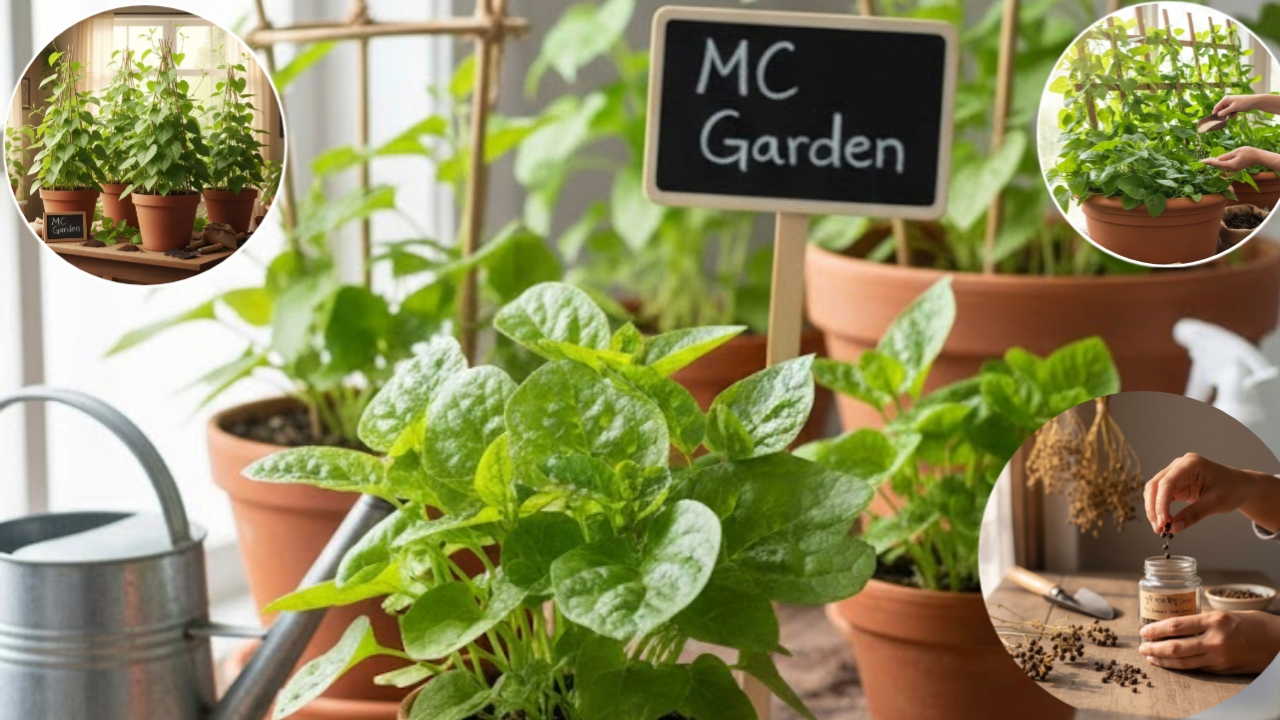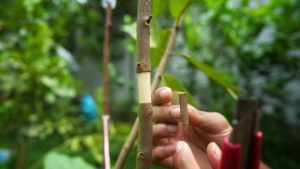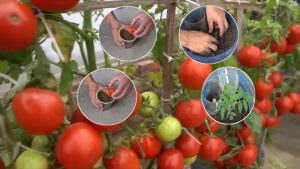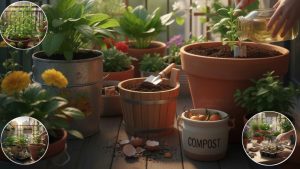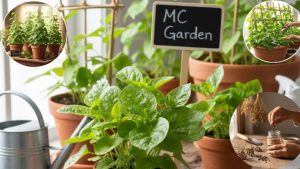I remember the first time I noticed Malabar Spinach at the local market and thought, why not try growing it at home? I had always wanted some fresh, leafy greens in my kitchen, and this one seemed easy enough. One morning, I decided to gather some seeds and a small pot, feeling a mix of excitement and nervousness. I wasn’t sure if it would grow, but there was something fun about starting this little project on my own.
I planted the seeds carefully, pressing them gently into the soil, and watered them slowly. At first, I was a bit scared they were tiny, delicate seeds, and I worried I might do something wrong. But each day, I watched them with patience, seeing small green shoots peek out, which made my heart fill with quiet joy. I even talked to them sometimes, joking with myself that maybe a little chatter helps plants grow!
After a few weeks, the vines started climbing, and the leaves turned a deep, shiny green under the sunlight. I noticed how quickly they grew when I gave them proper support and regular watering. It was amazing to see the results of simple care, and I felt a sense of pride each time I picked a fresh leaf for my meals. This little garden taught me patience and attention in a way I hadn’t expected.
Looking back, I realize the best lesson from growing Malabar Spinach is to start small and enjoy the process. Even small mistakes, like overwatering or forgetting a day of care, became part of the learning journey. Now, every time I harvest a handful of leaves, I feel a warm satisfaction, knowing that with a little effort and love, nature always responds beautifully.
How I Saved Malabar Spinach Seeds
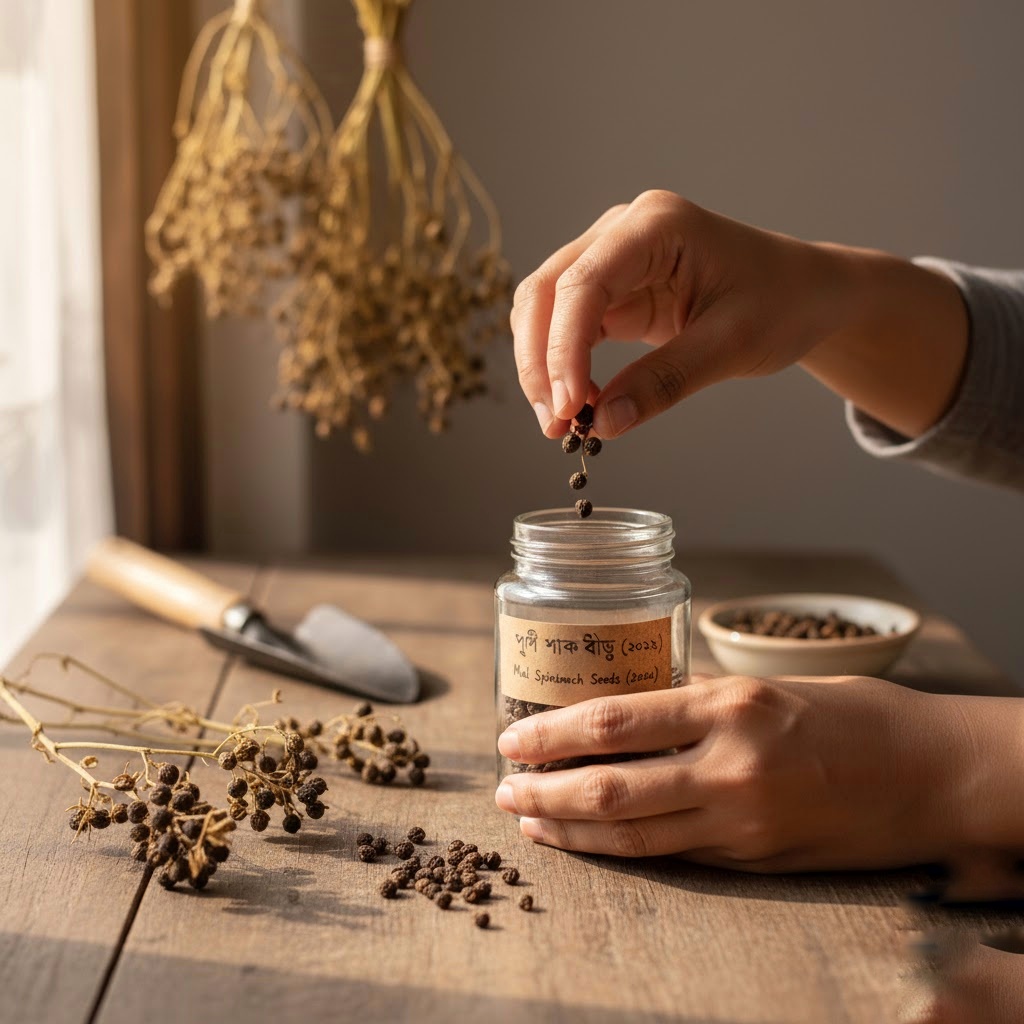
One day, while harvesting Malabar Spinach from my little garden, I noticed some of the flowers turning into tiny seed pods. I thought, why waste these seeds when I could save them for the next season? I had never tried saving seeds before, so I felt a mix of curiosity and excitement. The morning sun was soft, and the leaves glistened with dew as I carefully picked the ripest seed pods.
I took the pods inside and spread them gently on a clean plate to dry. At first, I accidentally crushed a few seeds because I was too eager, but I quickly learned to handle them softly. I sat by the window, occasionally turning the pods, watching them shrink and harden over a few days. The smell of the garden still lingered on my fingers, and it felt like I was holding little pieces of next season’s garden in my hands.
After drying, I separated the seeds from the pods and stored them in a small, airtight jar. I noticed how tiny and shiny they were, almost like little treasures. Holding them made me realize how rewarding it is to preserve life in its simplest form. I felt proud that I could save something from the plants I had nurtured with my own hands.
From this experience, I learned that saving seeds is not difficult, but it needs patience and care. Even small mistakes teach you something like handling seeds gently and drying them properly. Now, whenever I open that jar, I feel a quiet happiness knowing that next season’s garden is already waiting for me. It’s a small joy, but one that fills the heart completely.
How I Grew Seedlings from Seeds
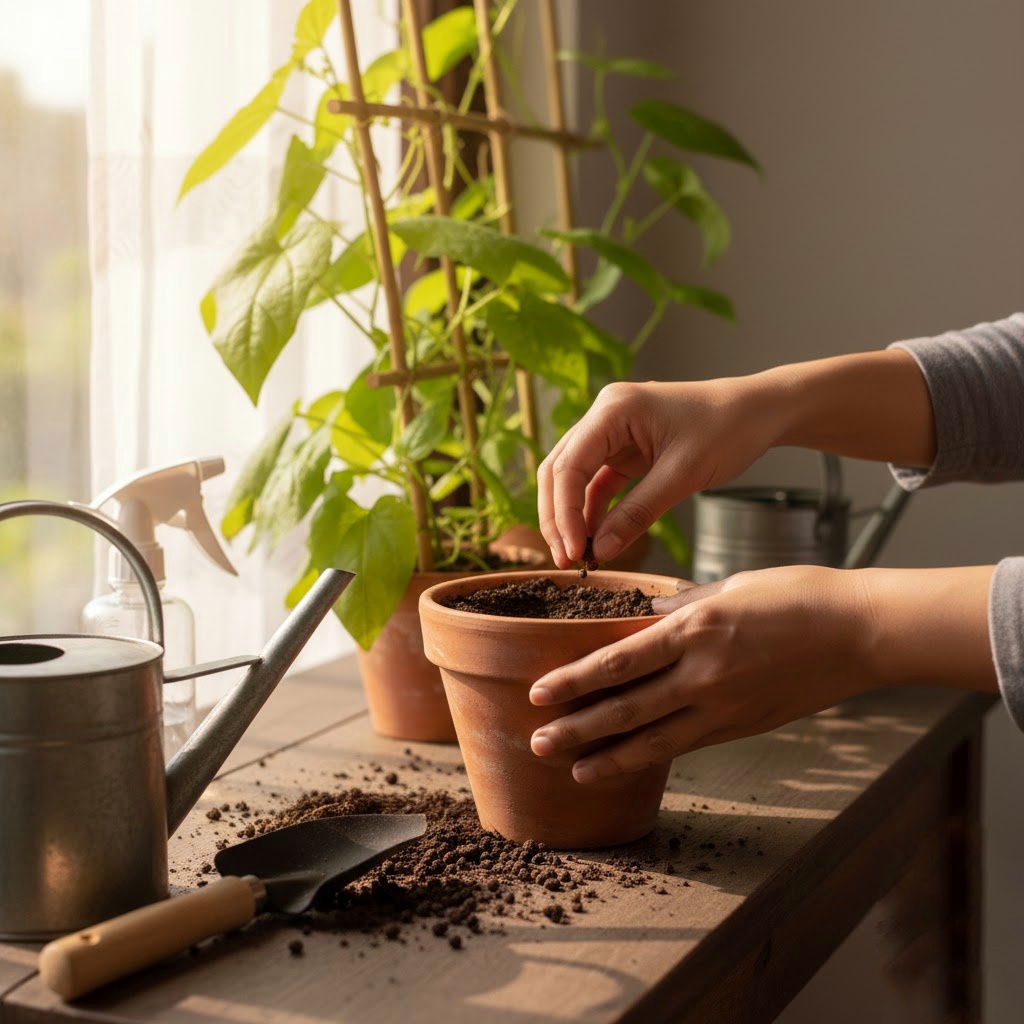
The first time I thought about growing Malabar Spinach from seeds, I was both excited and nervous. I had seen other gardeners doing it, but I had never tried myself. One sunny morning, I gathered my small pot, some fresh soil, and the seeds I had carefully saved. The sunlight made the soil look warm and inviting, and I felt a little thrill imagining tiny green sprouts popping up soon.
I sprinkled the seeds gently over the soil and covered them lightly, trying not to bury them too deep. At first, I worried that I might water them too much or too little. A few seeds didn’t sprout, and I felt a little disappointed, but I learned quickly to adjust my care. Each day, I watched with patience, gently misting the soil and making sure the tiny pots got enough sunlight.
After some days, little green shoots appeared, and I felt a rush of joy I hadn’t expected. The seedlings were delicate, swaying slightly in the breeze from the open window. I noticed how fast they grew when I kept the soil moist but not soggy, and how much they seemed to respond to small touches of care. It was amazing to see life beginning so small and fragile and yet so resilient.
Through this experience, I learned that growing seedlings from seeds is all about patience and gentle care. Mistakes are normal like overwatering or crowding the seeds and each mistake teaches something new. Now, whenever I see those little seedlings thriving, I feel proud and calm at the same time, knowing that with love and attention, even the tiniest seeds can grow into strong, beautiful plants.
How I Cared for Seedlings and Prepared Them for Pot Planting
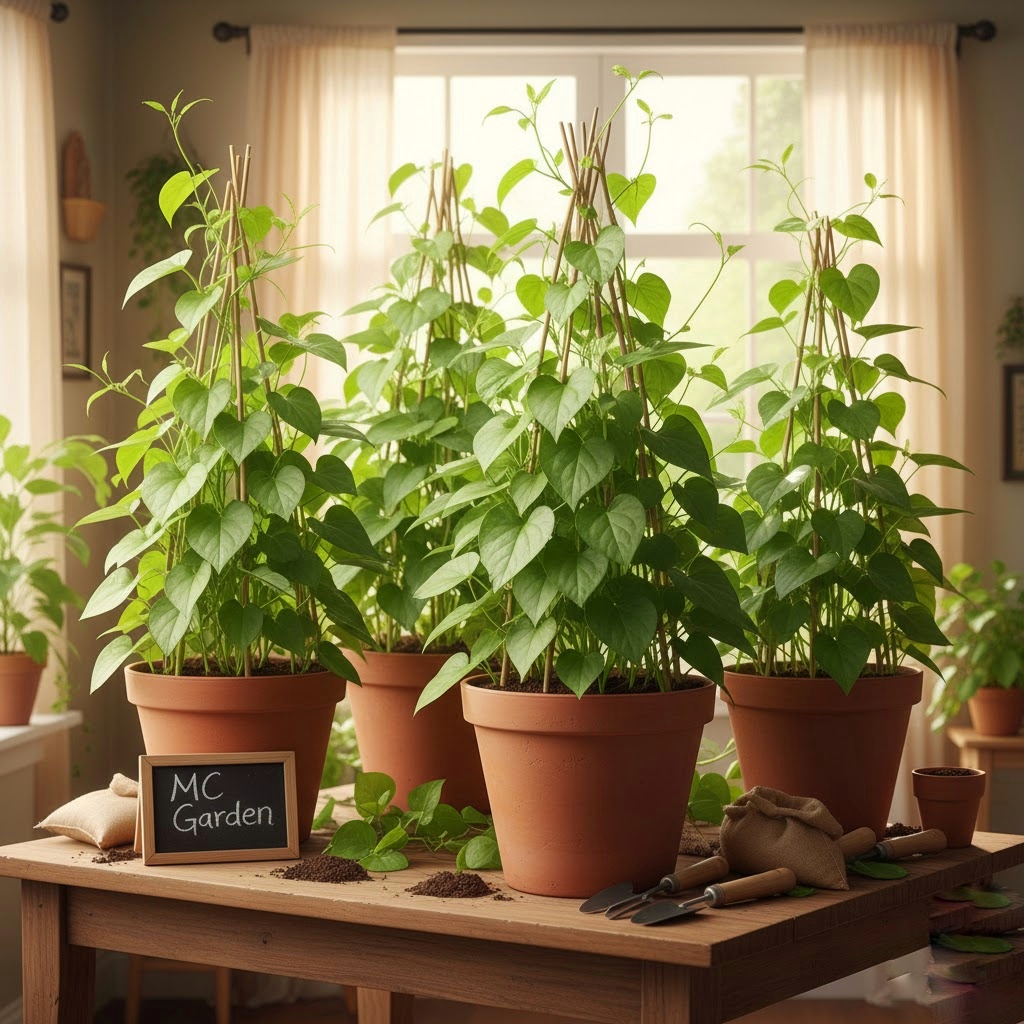
When my Malabar Spinach seedlings started growing strong, I realized it was time to take care of them properly before moving them to bigger pots. I had never done this before, so I felt both excited and a little nervous. Each morning, I would check the tiny leaves, feeling the soft sunlight on them and imagining how they would soon fill my kitchen with fresh greens.
I carefully watered the seedlings, making sure the soil stayed damp but not soggy. Sometimes, I had to gently separate the seedlings that were too close together, which made me nervous at first I didn’t want to hurt them. I also placed them near a bright window so they could get enough sunlight. Watching them grow a little taller each day gave me a quiet happiness that I couldn’t quite describe.
As the seedlings became stronger, I noticed how resilient they were. Some leaves had tiny marks or bends, but the plants kept growing steadily. I learned that even small care routines, like trimming a dead leaf or rotating the pots for even sunlight, made a big difference. Seeing the seedlings sway lightly in the morning breeze, I realized how rewarding it is to nurture life with patience.
From this experience, I learned that preparing seedlings for pot planting is all about gentle care and attention. Small mistakes are okay; they teach you to be more careful next time. Now, when I finally transfer the seedlings into bigger pots, I feel a deep satisfaction, knowing I’ve done everything to help them grow healthy and strong. It’s a simple joy, but one that makes the whole gardening journey feel meaningful.
How I Prepared the Potting Soil and Applied Fertilizer
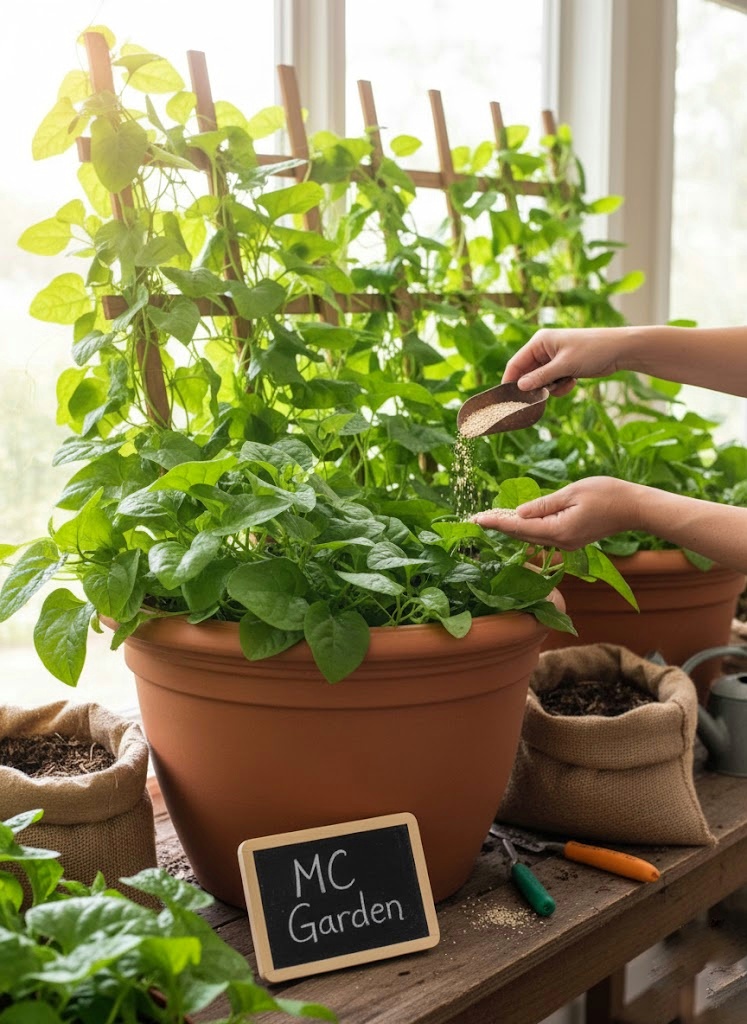
When I decided to plant Malabar Spinach in pots, I knew the soil had to be just right. I had never done this before, so I felt a mix of excitement and curiosity. On a sunny morning, I brought out fresh garden soil, compost, and some sand to make the mix light and airy. The smell of the soil reminded me of the garden after rain, and I felt eager to start preparing the pots.
I mixed the soil carefully, adding compost and a little organic fertilizer to make it rich. At first, I overfilled one pot by mistake, spilling soil everywhere, which made me laugh. Slowly, I learned how to balance the mixture, making it soft yet full of nutrients. I could feel the soil texture with my hands, making sure it was loose enough for the roots to grow easily.
As I filled each pot, I noticed how the soil smelled fresh and earthy. The fertilizer blended in nicely, and I could see the soil darkening, looking healthy and ready for the seedlings. I realized how important it was to prepare the soil properly healthy soil means strong plants. My little hands got messy, but every moment felt rewarding because I knew this was the foundation for my Malabar Spinach to thrive.
From this experience, I learned that taking time to prepare the soil and adding the right nutrients makes a huge difference. Even small mistakes, like adding too much water or spilling soil, taught me patience. Now, whenever I see the seedlings growing in these pots, I feel proud and happy, knowing I gave them the best start possible. The simple act of preparing soil became a joyful part of my gardening journey.
How I Transplanted into Pots and Completed Full Care
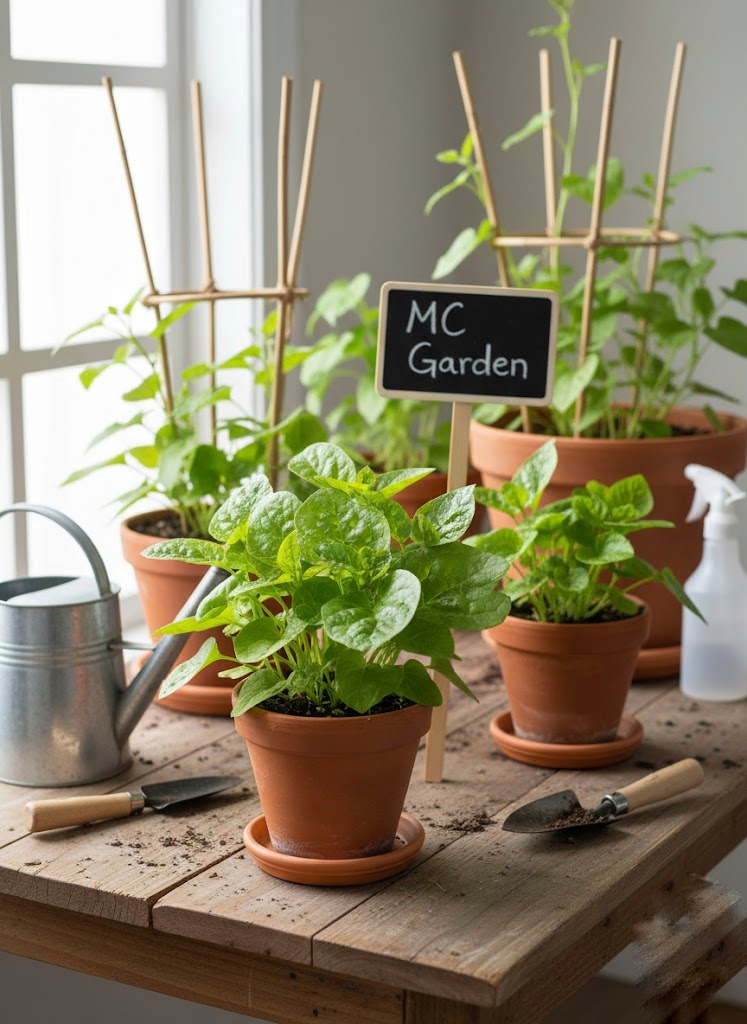
When it was finally time to move my Malabar Spinach seedlings into bigger pots, I felt a mix of excitement and nervousness. I had nurtured them from tiny seeds, and now they were ready for a new home. The morning sun shone softly on my balcony, and the little seedlings seemed to shimmer with life as I prepared the pots for them.
I gently lifted each seedling, careful not to damage the delicate roots, and placed them into the prepared soil. Sometimes a small root got bent or broke, and I felt a pang of worry, but I quickly learned to handle them more carefully. After planting, I watered them lightly and added a small support stick for the vines to climb. Watching the seedlings settle into their new home filled me with quiet joy and pride.
Over the next days, I observed the seedlings closely, making sure they had enough sunlight and water. I noticed how they responded to gentle care, growing taller and greener each day. I trimmed a few yellow leaves and checked the soil for proper moisture, learning that small, consistent attention makes a huge difference. Every morning, seeing the leaves glisten in the sunlight gave me a sense of calm and accomplishment.
Through this experience, I realized that proper transplantation and care is a delicate balance of patience and love. Even small mistakes, like overwatering or bending a root, teach you to be more attentive. Now, when I look at my fully cared-for Malabar Spinach pots, I feel a warm satisfaction knowing I helped them thrive. This journey has shown me that consistent care and attention always reward you with healthy, happy plants.
When I Cooked and Enjoyed Fully Grown Malabar Spinach
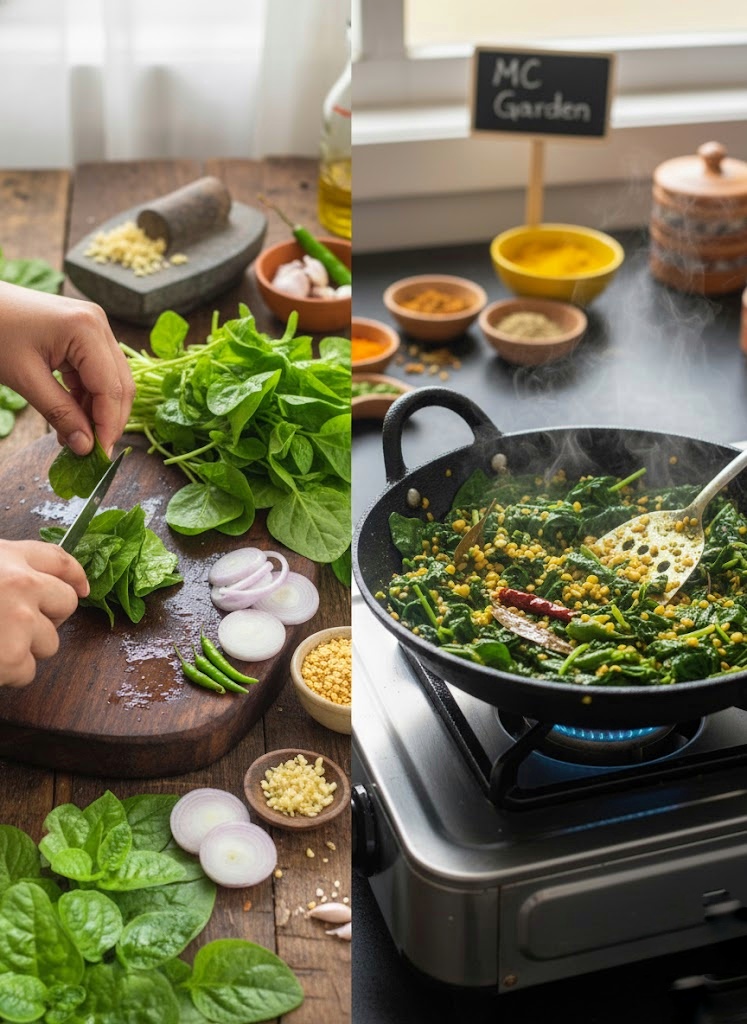
The first time I harvested my fully grown Malabar Spinach, I felt a mix of pride and excitement. I had cared for these plants from tiny seeds, and now the leaves were lush and green, ready for my kitchen. That morning, the sunlight fell gently on the leaves, making them shine, and I couldn’t wait to wash them and start cooking.
I carefully picked the freshest leaves, rinsed them under cool water, and chopped them for my meal. I added a few simple ingredients, remembering how the garden had taught me patience and care. At first, I worried that the taste wouldn’t be as good as I hoped, but as soon as I took the first bite, I felt a warm satisfaction. The flavors were fresh, earthy, and completely worth all the effort.
Eating my homegrown Malabar Spinach made me realize how rewarding gardening can be. Each leaf reminded me of the early mornings I spent watering the seedlings, the gentle hands-on care I gave them, and even the small mistakes I learned from. I felt proud that I had created something alive and nourishing entirely with my own hands.
From this experience, I learned that the joy of home gardening goes beyond growing plants it’s about enjoying the fruits of your care. Now, every time I cook Malabar Spinach from my garden, I feel a quiet happiness and a deep connection to the process. It’s simple, yet it fills my heart completely, showing me that patience and care always bring their rewards.
Oh, actually I didn’t tell you I have some more amazing gardening memories: Guava Growing Guide and Growing Dragon Fruit
ou will be truly surprised when you read this. Read this article to learn more about malabar spinach
Related But Bonus Tips
When I first started growing Malabar Spinach, I realized that even small extra tips can make a big difference. One morning, as I looked at my plants climbing gently on the trellis, I thought about all the little things I had learned that weren’t in any guide. Sometimes, it’s those small tricks that make gardening easier and more enjoyable.
One thing I discovered is that using a small stick or trellis for the vines helps them grow straight and strong. At first, I didn’t use any support, and some vines sprawled everywhere. It looked messy, and I worried the plants wouldn’t grow properly. Adding simple supports made the vines healthier and also easier to harvest later.
Another tip I learned is to water in the morning rather than evening. I tried both ways, and I noticed the leaves looked fresher and happier when watered in the morning sunlight. The soil dried evenly, and I could avoid mold or soggy roots. These small observations helped me take better care of my plants without extra effort.
I also found that rotating the pots a little every few days helps the plants get even sunlight. Some leaves were always greener and bigger because they faced the sun more directly. After rotating the pots, all the leaves seemed happier and stronger. It felt satisfying to see how just a small action could make such a difference.
Adding a little organic compost occasionally also worked wonders. I used small amounts and mixed it gently with the soil around the roots. The leaves became shinier and more vibrant. I realized that gentle care, not heavy fertilizers, is best for Malabar Spinach.
Finally, I learned that patience is the most important tip of all. Not every leaf grows perfectly, and sometimes seedlings take longer to thrive. But giving them consistent care and noticing small changes brought me so much joy. These bonus tips may seem little, but they made my gardening journey smoother and more fun, and I felt proud watching my plants flourish.

